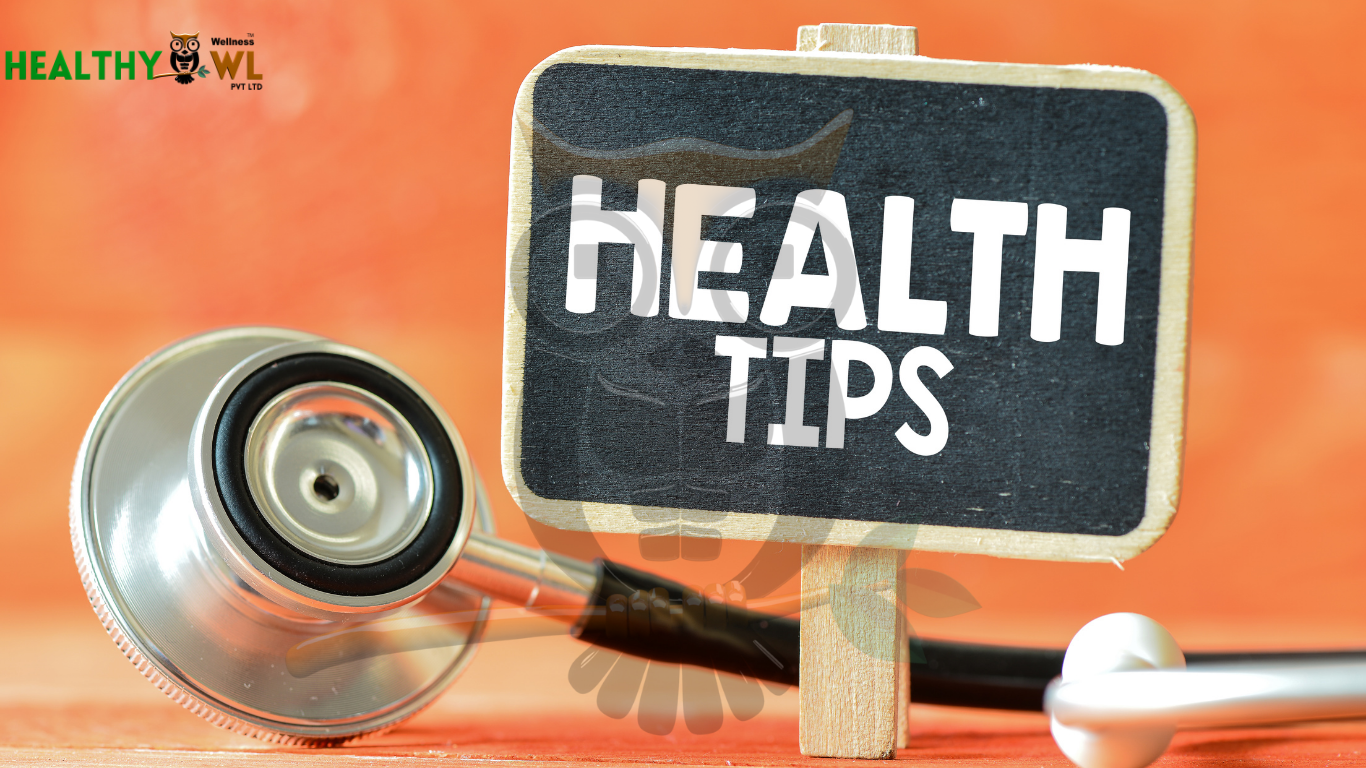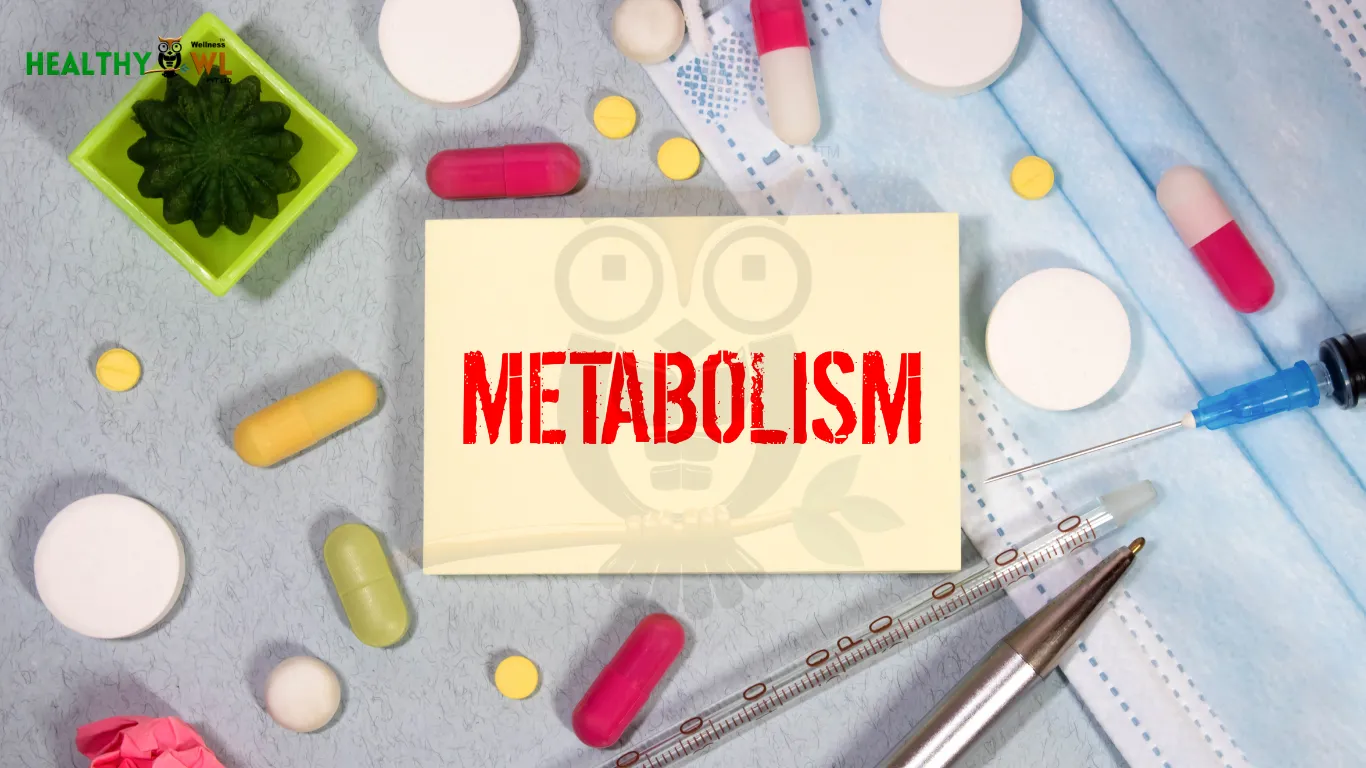Managing blood-sugar levels is a crucial aspect of everyday wellness—whether you’re living with diabetes, pre-diabetes, or simply want to maintain stable energy and metabolic health. One concept that often comes up in this conversation is the glycemic index (GI).
By understanding how different carbohydrate-containing foods affect your blood glucose, you can take control of your diet to help prevent sudden spikes and crashes in blood sugar. In this article, we’ll explore what the glycemic index is, how it impacts blood sugar, and how you can use it practically—especially in a vegetarian, wellness-focused lifestyle.
What is the Glycemic Index?
The glycemic index is a numerical system that ranks carbohydrates based on how much they raise blood glucose levels after eating. Foods are scored on a scale from 0 to 100:
- Low-GI foods (55 or less): These cause a slower, more gradual rise in blood sugar.
- Medium-GI foods (56-69): Cause a moderate increase.
- High-GI foods (70 and above): Lead to a quick and significant spike in blood sugar.
The lower the GI of a food, the slower it is digested and absorbed, which means a steadier blood-glucose response — particularly beneficial for people with diabetes, metabolic syndrome or anyone looking to avoid energy dips and sugar cravings.
Why is Glycemic Index Important for Diabetes?
For individuals managing blood sugar—whether from jumpstarting weight loss, preventing Type 2 diabetes or fine-tuning energy levels—GI offers a simple way to evaluate foods beyond calories and carbs. High-GI foods cause rapid blood-sugar surges that are harder for your body to regulate, which can strain insulin response, promote fat storage, increase hunger and pave the way to metabolic issues.
On the flip side, focusing on lower-GI foods helps your body maintain more consistent glucose levels, which supports long-term cardiovascular, weight and metabolic health.
Examples of Low, Medium, and High-GI Foods
Here are some easy-to-remember examples to guide your meal planning:
- Low-GI foods: Lentils, chickpeas, whole oats, apples, non-starchy vegetables like eggplant or cabbage.
- Medium-GI foods: Whole-wheat bread, basmati rice, sweet potatoes, bananas.
- High-GI foods: White bread, potatoes, sugary drinks, most processed snack foods.
When you’re vegetarian and aiming for wellness, focusing on whole grains, legumes, fibre-rich vegetables and fresh fruits (rather than heavily refined carbs or sugary snacks) will naturally steer your GI choices in a favourable direction.
Glycemic Index: Pros and Cons
Advantages: The glycemic index offers a simple and quick way to compare the blood sugar impact of different carbohydrate-containing foods. It helps individuals make better dietary choices by focusing on foods that lead to more stable blood sugar levels.
Disadvantages: However, the glycemic index only considers the quality (type) of carbohydrates, not the quantity. A food with a high GI might have a minimal effect on blood sugar if the portion size is small. That is why it is important to understand Glycemic Load (GI)
A Step Beyond Glycemic Index
Glycemic Load takes into account both the quality (GI) and the quantity (amount of carbohydrates) of a food. It provides a more accurate picture of a food’s actual impact on blood sugar levels. GL is calculated by multiplying the GI of a food by the number of carbohydrates in a serving and then dividing by 100.
Low-GL (10 or less): Minimal impact on blood sugar.
Medium-GL (11-19): Moderate impact.
High-GL (20 or more): Significant impact.
Advantages of Glycemic Load: GL provides a more comprehensive way to assess the blood sugar impact of a food, making it more practical for everyday use. It helps people understand that a small portion of a high-GI food might be less impactful than a large portion of a low-GI food.
Disadvantages of Glycemic Load: Despite its advantages, GL still doesn’t capture the complete picture. Individual responses to carbohydrates can vary, and other factors like fiber, protein content, and the presence of fats also influence blood sugar response.
Beyond GI → Understanding Glycemic Load
While GI tells you how quickly a particular carbohydrate elevates blood sugar, it doesn’t tell you how large that effect will be—because portion size and total carbohydrates matter. Enter the concept of glycemic load (GL).
GL = (GI of food × grams of carbohydrate in a portion) ÷ 100.
- Low GL (10 or less): Minimal impact on blood sugar.
- Medium GL (11-19): Moderate impact.
- High GL (20 or more): Significant impact.
In other words: a small portion of a high-GI food may have less impact than a large portion of a lower-GI food. Using both GI and GL gives a more realistic view of how your meals affect your blood sugar.
The Many Factors That Influence Blood-Sugar Response
GI and GL are useful tools, but they don’t capture everything. Individual responses to carbohydrates vary widely based on many factors:
- Fiber content – Foods higher in fibre slow digestion and absorption (reducing blood-sugar rise).
- Protein and fat – Pairing carbs with protein or healthy fats can blunt the glucose spike.
- Food preparation / processing – For example, “al dente” pasta has a lower GI than overcooked pasta because it’s digested more slowly.
- Whole food vs refined – Whole grains, legumes and minimally processed foods tend to have lower GI than refined, sugary or starchy foods.
- Individual metabolic factors – Your age, insulin sensitivity, gut health and physical activity level all play a role.
Practical Tips for Preventing Blood Sugar Spikes
- Here are actionable strategies you can start using right away:
- Combine foods wisely: If you’re eating a higher-GI food (e.g., boiled sweet potato), pair it with a low-GI food (e.g., chickpeas or lentils) to slow down glucose absorption.
- Watch portion sizes: Even low-GI foods can cause blood-sugar rises if eaten in very large quantities. Moderation is key.
- Choose whole foods over processed: Opt for whole grains, fruits, vegetables, legumes instead of refined breads, sugary snacks or processed carbs.
- Mind your cooking method: Keep starchy foods in firmer texture and avoid over-cooking. Add fibre, protein or healthy fats to meals to moderate absorption.
- Monitor your blood sugar or how you feel: Regular monitoring (if you’re diabetic or pre-diabetic) helps you recognise how different foods affect you personally. For everyone else: notice patterns of energy dips, hunger, cravings or bloating after meals.
Tips For Vegetarian
- Use legumes (dal, chickpeas), whole-grain roti/rice, oats, millets, barley — these tend to have lower GI or better glycemic profiles than refined white rice or maida breads.
- Incorporate plenty of non-starchy vegetables, fruits, nuts and seeds which add fibre and slow digestion.
- Minimise high-GI foods common in processed snacks, sugary sweets, white bread, large servings of potatoes or white rice. Use portion control when you do eat them.
Conclusion: Make GI Work for Your Wellness
Understanding the glycemic index gives you a powerful tool—not just for managing diabetes, but for supporting steady energy, better mood, steadier weight and metabolic resilience. It’s not about eliminating all carbs, but making informed carbohydrate choices, controlling portion sizes and combining foods smartly.
If you focus on low- to moderate-GI foods, pair them thoughtfully, and keep your diet whole-foods-based, you’ll help your body maintain better blood-sugar balance — which in turn supports greater overall health and vitality.
At Healthy Owl Wellness, we believe in empowering your wellness through knowledge, smart nutrition and sustainable habits. Use the glycemic index as one pillar of your strategy—and make it a regular part of your mealtime decision-making.












